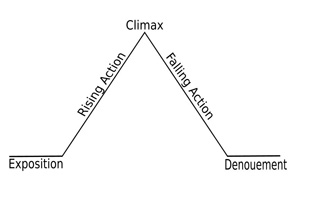If this presentation is a bit fast, feel free to stop, start and go back as you see fit.
You can watch the same presentation below, without voice, but in a much more comfortable format. Just press the symbol with four arrows in the bottom right hand corner of the presentation slide in order to enlarge it.



